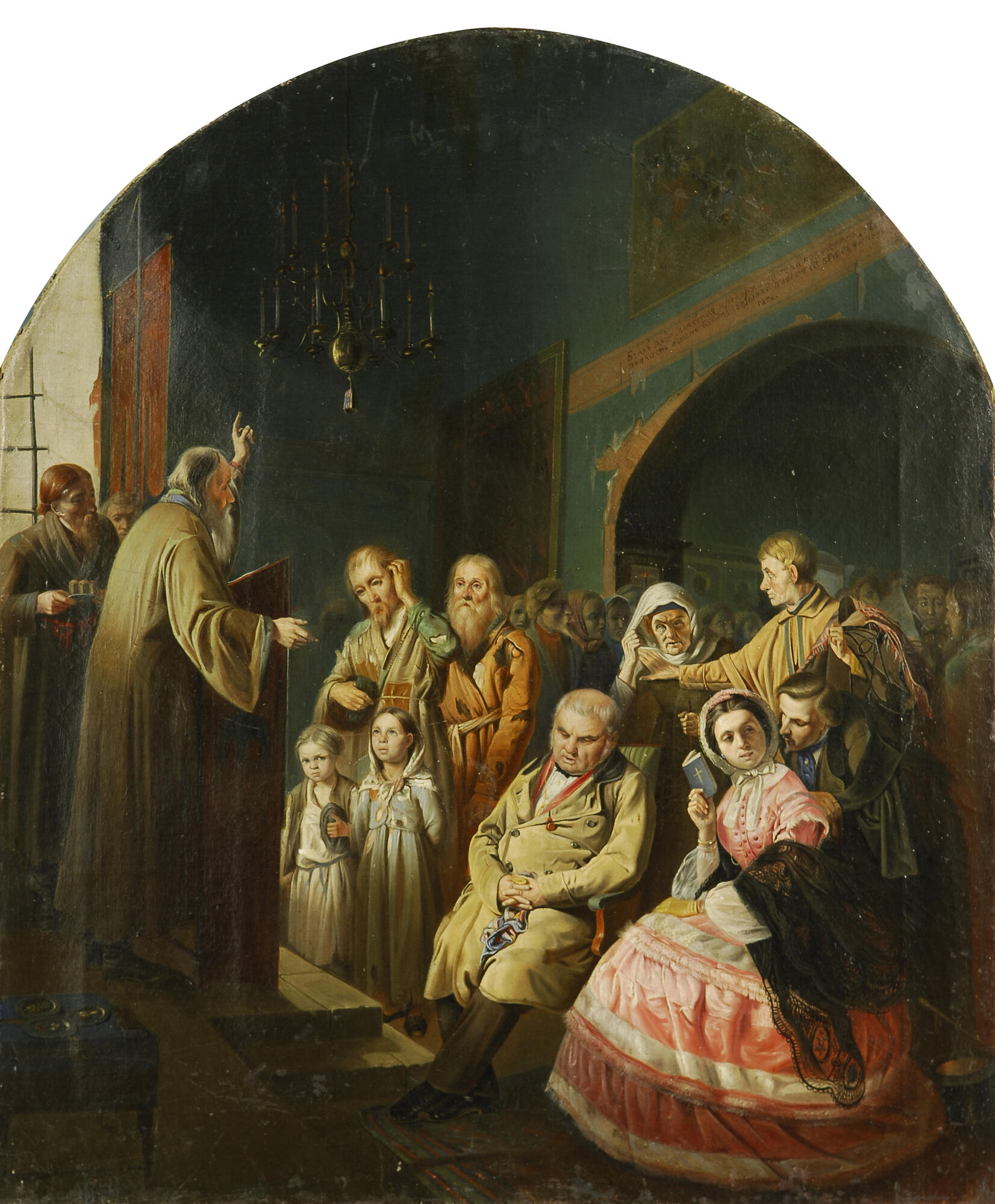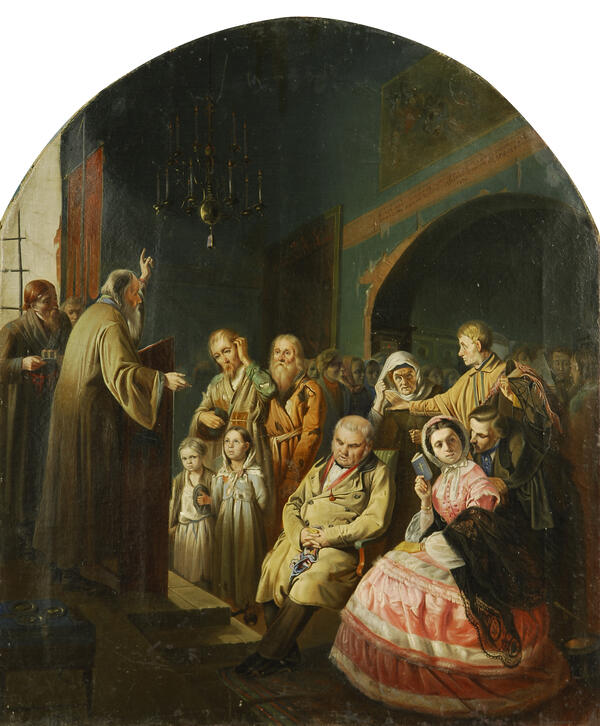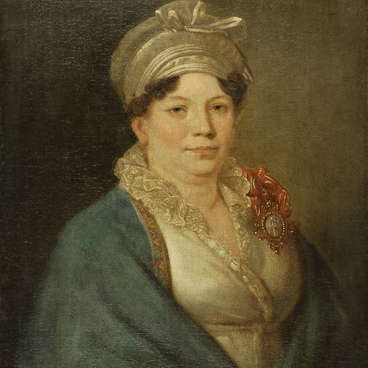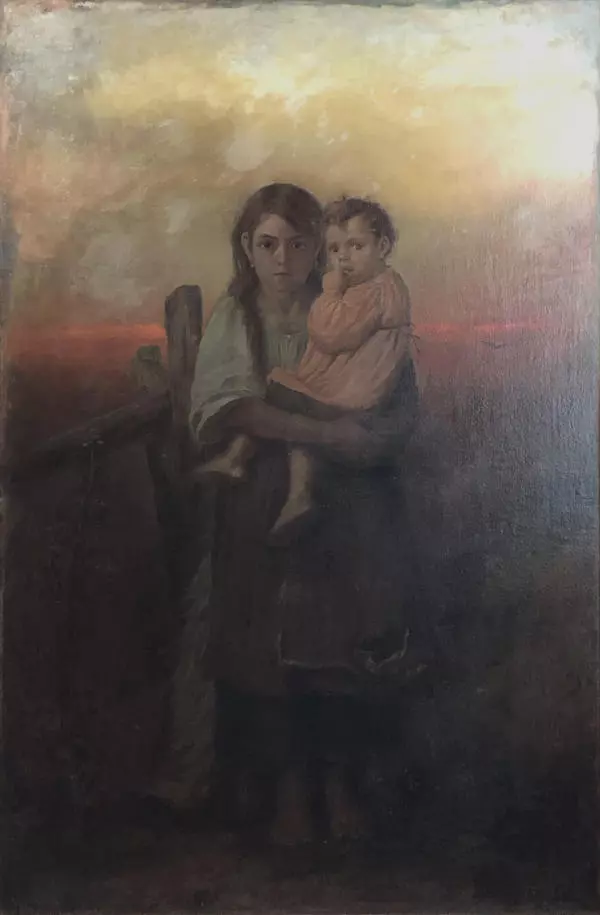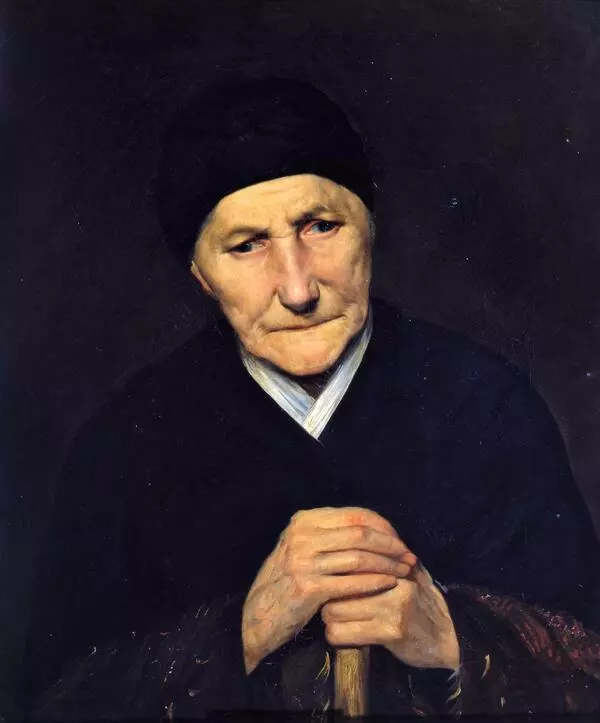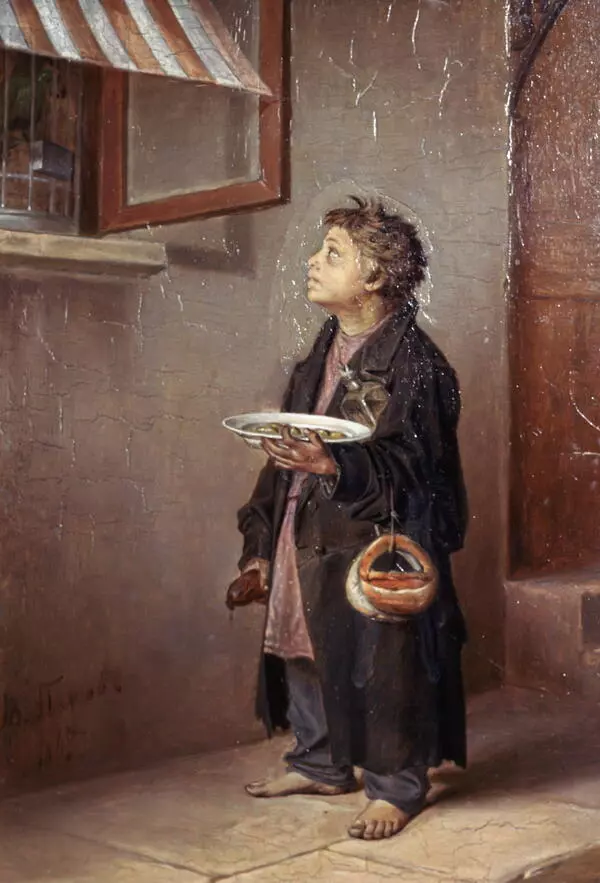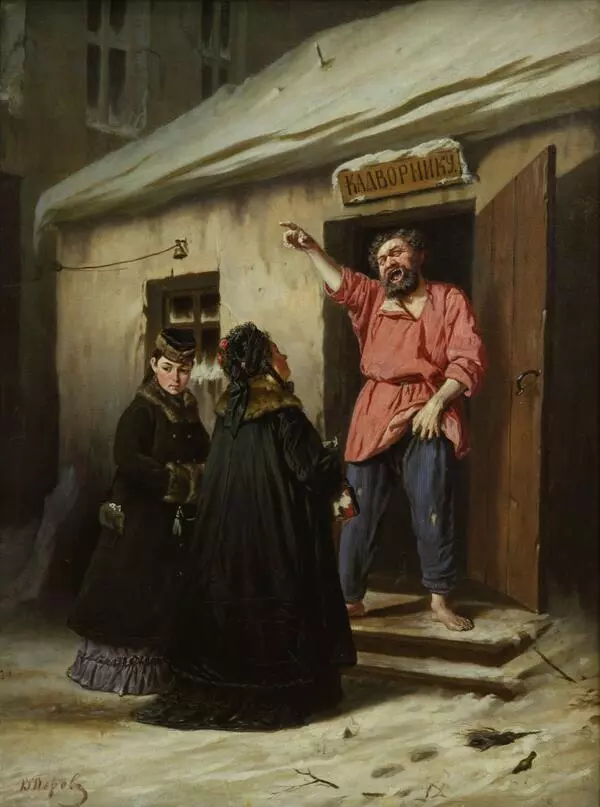This painting is a reproduction of one of the most famous works done by Vasiliy Perov: A Preacher in a Village. According to the story, the preacher is speaking to a congregation in 1861 — the year when serfdom was abolished in Russia.
The artist depicted the interior of a village church on a Sunday. The artist divided the painting into two areas of interest. In the foreground, the preacher is giving a sermon to a group of uninterested churchgoers. Only a little girl is listening to his impassioned speech. The rest of the figures are busy with things that are not exactly virtuous. In the center of the hall, a paunchy squire sleeps comfortably on an armchair — right behind him is a deaf woman who wants to get closer, but is being held back by a servant. To the right of the gentleman is a young girl sitting down, dressed in a pink dress; she covered her face with a prayer book and listens to the flirting man leaning towards her.The background with the crowd of parishioners is almost as important as the main narrative. The point is that the figures in the painting are not even looking at the preacher. The people are paying attention to a man, who is reading aloud the manifesto that abolished serfdom. The words in the manifesto, and not the preacher’s speech, are what gives people hope for a new life.
Vasiliy Perov’s painting can be interpreted in many different ways. It can be considered an eloquent satire on human infidelity and ignorance. At the same time, the plot can be perceived as a story about the peasants' weariness from living tough lives. It is possible that the artist hinted at the meaninglessness, or even the untruthfulness, of church sermons defending the ‘power of God’. The canvas addressed an issue that was so topical and multifaceted that it instantly attracted the public’s attention. The artist received an Imperial Arts Academy Big Gold Medal for this work of art.
This medal gave alumni students the opportunity to leave for Europe for six years at the government’s expense — artists familiarized themselves with the best examples of ancient and modern European art, and honed their skills there. Vasiliy Petrov left the country in 1862. He visited major art centers in Germany, and spent about one-and-a-half years in Paris. He made several paintings of scenes from street life there. However, soon after the artist realized that the morals other nationalities had did not interest him as much as the Russian identity. In 1864, he returned to Russia — earlier than he had planned.
Later on, the artist became one of the people who organized the Association for Traveling Art Exhibitions. These Itinerants were inspired by the idea of populism, and were the first to start creating paintings on the subject matter in peasant life. Theses artists condemned serfdom, and thought that art needed to reflect the real situation with common people. Vasiliy Perov shared these ideas, and devoted himself to them his entire life.
